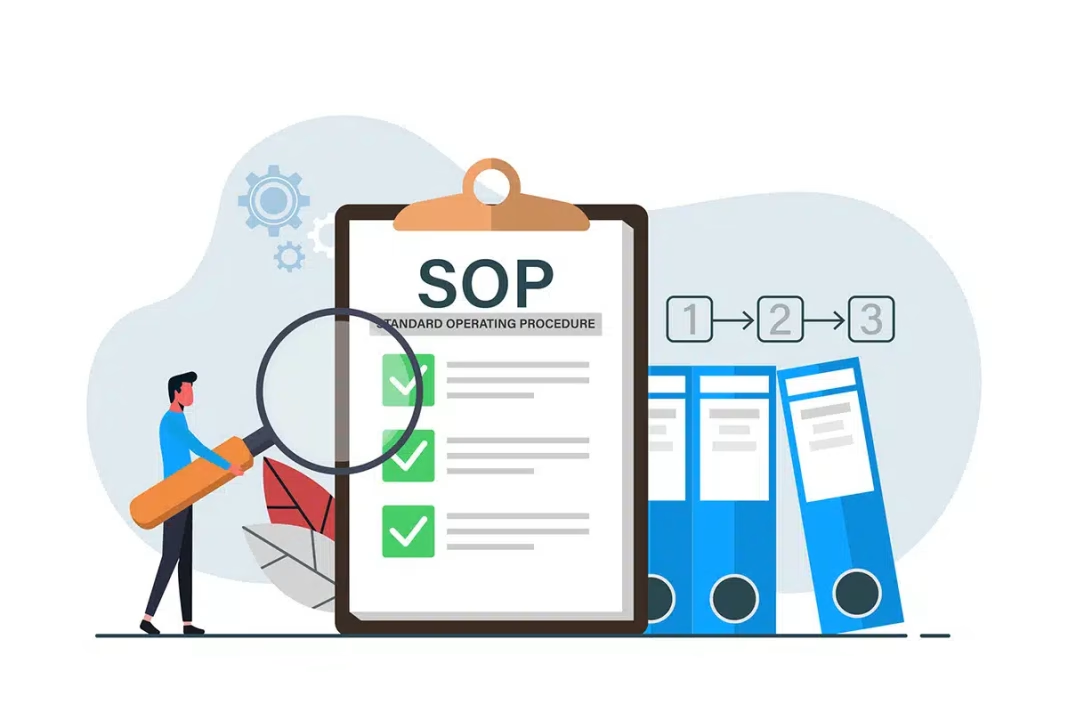In today’s fast-paced business environment, efficiency is key to staying competitive. One of the most effective ways to streamline operations is by creating clear, actionable Standard Operating Procedures (SOPs). If you’re wondering where to start, Victoria Gerrard La Crosse WI has crafted this step-by-step guide to help you write SOPs that truly improve efficiency.
What Are SOPs and Why Are They Important?
SOPs are detailed, written instructions designed to achieve uniformity in the performance of specific tasks. They help minimize errors, reduce training time for new employees, and ensure compliance with industry standards. Companies, regardless of size, benefit from SOPs by maintaining a seamless workflow and boosting overall productivity.
A well-structured SOP answers the following questions:
- What is the task?
- Who is responsible for completing it?
- When should it be done?
- How should it be performed?
Let’s break down how Victoria Gerrard La Crosse WI recommends tackling this process step by step.
Step 1: Identify Processes That Need SOPs
Start by pinpointing the critical processes in your business. Focus on tasks that are repeated regularly, have a high error rate, involve multiple team members, or impact customer satisfaction and business revenue.
For example, a dental clinic might need SOPs for patient intake, sterilization procedures, and insurance claims processing. Prioritize the most essential processes first, ensuring your foundation is solid before expanding to less crucial tasks.
Step 2: Set Clear Objectives
Before writing a single word, clarify what you want to achieve with each SOP. According to Forbes, well-documented SOPs not only enhance productivity but also ensure consistency across teams. Ask yourself:
- What is the goal of this procedure?
- How will it improve efficiency?
- What problems does it solve?
Setting objectives keeps your SOPs focused and actionable. For instance, if you’re drafting an SOP for customer service responses, your objective might be to reduce response time by 20% over the next quarter.
Step 3: Gather Relevant Information
Consult team members who regularly perform the tasks you’re documenting. Their hands-on experience ensures the SOP is realistic and practical. Collect:
- Step-by-step task details
- Tools or software needed
- Safety precautions (if applicable)
- Troubleshooting tips
According to Harvard Business Review, involving employees in SOP creation boosts accuracy and fosters a sense of ownership, making staff more likely to follow the procedures.
Step 4: Create a Structured Format
A clear, consistent format makes SOPs easier to follow. Victoria Gerrard La Cross suggests using a simple structure:
Start with a clear title that defines the procedure’s name. Include a brief purpose explaining why the SOP exists and what it aims to achieve. Define the scope by outlining what the SOP covers and any limitations. List team members responsible for executing the task under the responsibilities section.
Detail the materials or tools needed to complete the task. The procedure section should break down each step in a logical, easy-to-follow sequence. If there are known challenges, add troubleshooting tips to address common issues. Finally, include a revision history at the end to track any updates or changes.
The goal is simplicity — complex or wordy SOPs defeat their purpose.
Step 5: Write Clear, Actionable Instructions
Use simple language and avoid jargon. Each step should start with an action verb, such as:
- “Log into the system…”
- “Select the patient’s file…”
- “Verify insurance details…”
If a step requires more explanation, break it down further. Include screenshots or diagrams if they clarify the process.
Step 6: Test the SOP
Before finalizing your SOP, run a test. Ask someone unfamiliar with the task to follow your instructions. Their feedback will highlight gaps or confusing steps. Adjust accordingly until the SOP flows smoothly.
Testing ensures the procedure works in real-world scenarios, aligning with Victoria Gerrard La Crosse WI’s emphasis on practicality over perfection.
Step 7: Implement and Train
Once your SOP is polished, share it with your team. Hold training sessions to walk employees through the steps, answering any questions. Consider creating a digital repository where staff can easily access SOPs.
Regular training keeps procedures top of mind and encourages compliance.
Step 8: Review and Update Regularly
SOPs aren’t set in stone. Schedule routine reviews — quarterly or bi-annually — to keep them current. Updates may be necessary due to new technology, changing regulations, or employee feedback.
Encourage team members to report inefficiencies so you can fine-tune processes continually. Keeping your SOPs dynamic ensures your business remains adaptable and efficient.
Conclusion: The Road to Greater Efficiency Starts Here
Crafting effective SOPs is a game-changer for any organization. By following Victoria Gerrard La Crosse WI’s methodical approach — identifying key processes, setting clear goals, gathering insights, and regularly updating your procedures — you create a blueprint for smoother operations and higher productivity. Investing time into SOPs now means saving time later. Don’t wait — start streamlining your business today.

